The Power of Gratitude: Enhancing Health and Wellness
We are living in a time where people are highly distracted, over stimulated, and oftentimes disconnected. It is easy to miss the small wonderful things right in front of our faces as we cruise through most of our days on autopilot. One thing that we often overlook is the simple yet profound practice of gratitude. As we navigate daily challenges and stressors, taking a moment to acknowledge what we are thankful for can have a significant impact on our overall health and wellness. This blog explores the benefits of gratitude and how it can transform our mental, emotional, and physical well-being.
Understanding Gratitude
Gratitude is more than just saying "thank you." It is a deep appreciation for the positive aspects of life, whether they are big or small. Practicing gratitude involves recognizing and reflecting on the good things we have, which can shift our focus from what we lack to what we possess.
The Science Behind Gratitude
Numerous studies have highlighted the health benefits of practicing gratitude. Research indicates that individuals who regularly express gratitude experience a range of positive outcomes, including:
Improved Mental Health: Gratitude is linked to lower levels of depression and anxiety. By focusing on positive experiences, we can reduce negative thought patterns and foster a more optimistic outlook on life.
Enhanced Emotional Well-Being: Practicing gratitude can increase feelings of happiness and satisfaction. It encourages positive emotions, leading to greater resilience in the face of adversity.
Better Sleep: Keeping a gratitude journal or reflecting on what you are thankful for before bed can improve sleep quality. Those who practice gratitude often report falling asleep more easily and experiencing deeper, more restorative sleep.
Stronger Relationships: Expressing gratitude can strengthen relationships, whether with family, friends, or colleagues. A simple "thank you" can deepen connections and foster a sense of community and support.
Physical Health Benefits: Gratitude is associated with better physical health. Grateful individuals tend to engage in healthier behaviors, such as exercising regularly and attending routine check-ups. They also report fewer ailments and higher energy levels.
Ways to Cultivate Gratitude
Incorporating gratitude into your daily routine doesn't require a complete lifestyle overhaul. Here are some simple practices to help you cultivate gratitude:
Keep a Gratitude Journal: Set aside a few minutes each day to write down three things you are grateful for. This practice not only helps you focus on the positive but also serves as a reminder during tough times.
Practice Mindfulness: Incorporating mindfulness into your daily life can enhance your appreciation for the present moment. Take time to notice the beauty around you and acknowledge the good things in your life.
Express Your Gratitude: Make it a habit to express gratitude to those around you. Whether through a note, a text, or a face-to-face conversation, sharing your appreciation can strengthen your relationships and create a positive ripple effect.
Reflect on Challenges: Consider how challenges have contributed to your personal growth. Reflecting on past difficulties and recognizing the lessons learned can foster a deeper sense of gratitude.
Set Reminders: Use technology to your advantage by setting reminders on your phone to pause and reflect on what you are grateful for throughout the day.
Final thoughts…
The practice of gratitude is a powerful tool for enhancing our overall health and wellness. By shifting our focus from what we lack to what we appreciate, we can cultivate a more positive mindset, improve our emotional resilience, and foster healthier relationships. Make gratitude a part of your daily life, and you may find that it transforms not only your outlook but also your overall well-being. What is one small thing that you are grateful for today? Make sure to write it down and celebrate it.
